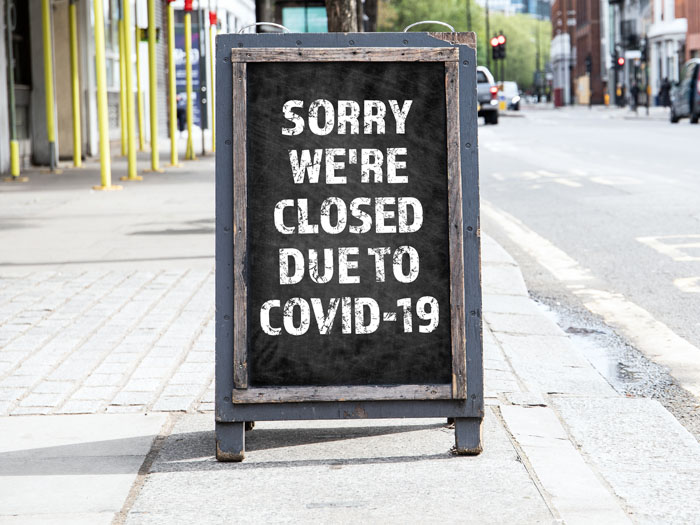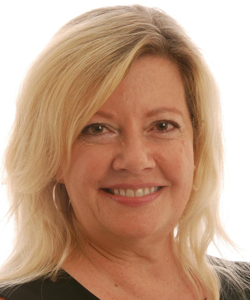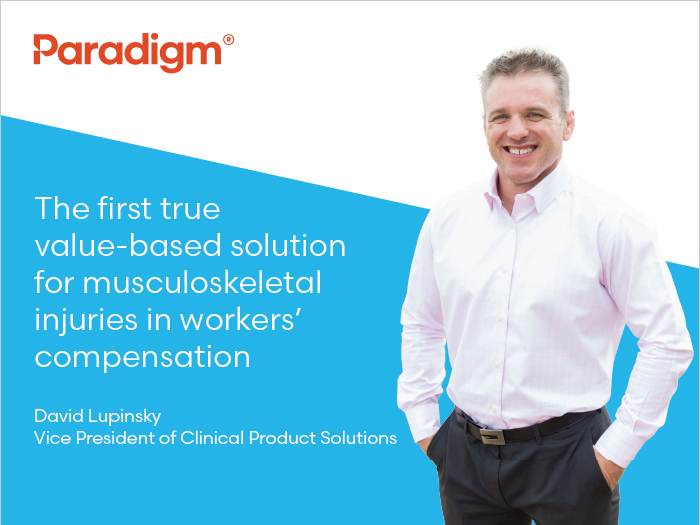Aon Jumps Into the COVID-19 Fray with an Online Resource for Businesses

As the COVID-19 crisis swept through the world, companies began frantically looking for information.Naturally, they turned to their insurance brokers with questions.
- Am I covered for income loss?
- How is COVID-19 impacting my particular industry?
- When will it be safe to open offices again?
Companies partnering with Aon were met with quick answers. Aon’s COVID-19 response is robust to say the least. The brokerage released an expansive resource website, an interactive web application that maps out the virus’ potential impact on specific employee populations and has models to help track the progression of the disease.
The COVID-19 response is led by a leadership task force at Aon that’s been working together for more than 10 years. It mobilized around pandemics four times during that span for H1N1, Ebola, Zika and now COVID-19.
“Business leaders are making decisions, and they don’t know the right answers. It’s a high-tempo, high-consequence situation where the wrong decision could mean the end of your firm,” said Nancy Green, executive vice president and one of the leaders of Aon’s COVID-19 response team.
Ample Resources
One of Aon’s first courses of action was to get information to companies through a response website, a series of detailed external resources that account executives could pass along to clients.
Topics include business continuity, supply chains, employee benefits, coverage and claims considerations, and industry-specific impacts.
“We knew from colleagues in Asia in January that they were getting tons of questions. We said let’s take documents we knew were important in past events and update them with our knowledge of COVID-19,” said Green.
Interactive Web Application
By April 3, Aon released an interactive web application that maps out the potential COVID-19 impact on specific employee populations throughout the U.S.
It uses advanced epidemiologic models and geographic-specific infection rates to help employers anticipate their medical costs, absenteeism and potential need to shift work operations as the virus spreads or fades.
The web app presents the data in a handy dashboard format, and it’s updated daily.
The model culls data from a variety of sources, like the CDC, the Kaiser Family Foundation, Harvard University and others. It allows employers to forecast the virus’ impact on their businesses into the summer and fall.
Income Loss and a Black Swan Mindset
One of the most common questions from Aon clients is around business interruption and income loss.
Typically, business interruption is tied to property insurance claims, meaning many companies won’t be covered for these devastating losses. Still, Aon’s response team is helping clients understand the steps they can take to mitigate losses.
“We want to make sure they’re taking action on business continuity. Have they adjusted their plans to meet COVID-19’s unique characteristics? How is their employee communications?” said Green.
“Insurance is a tool, but there are other things employers can do to mitigate the impact.”
The team is helping businesses understand just how different COVID-19 is from other catastrophes.
For example, there’s no exact end-date for the pandemic. The COVID-19 event arc will instead come in waves as governments implement interventions, mitigation and suppression strategies, said Green. She expects that pattern to continue until there is a vaccine or effective treatment protocol.

Nancy Green, EVP, Aon; and a leader of Aon’s COVID-19 response team
“A pandemic crisis management model for COVID-19 is built around a circular approach that goes ‘react,’ ‘respond,’ ‘recover’ and ‘reshape,’ ” she said.
“For a while during these waves, you’re going to be moving back and forth from ‘react’ to ‘respond.’ Understand these next several months will be fluid.
“It can enable a client to tackle the question of when to bring employees back. The model is predictive and has nuance down to the zip code,” said Green.
“We’re providing information that helps them make decisions. There is medical cost information, information on what the curve might look like for their geography. Then it’s up to them on how they want to implement.” &










